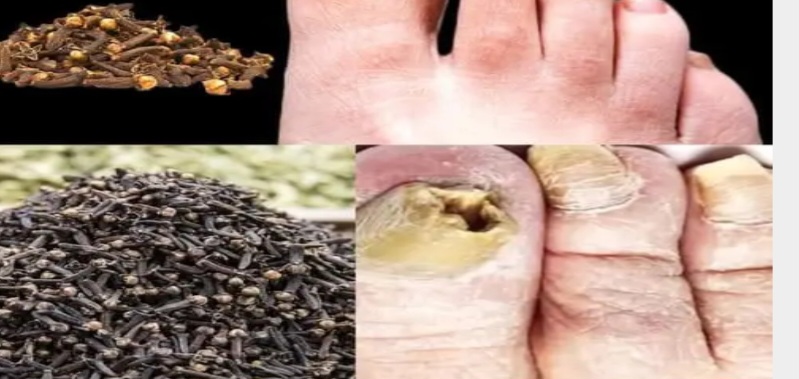Ingredients:
- Clove Oil (or Cloves for Infusion)
- If you’re using clove essential oil, you can purchase it from a health store.
- If you prefer to make your own infusion, you’ll need:
- Whole cloves (around 10–15 cloves)
- Carrier oil (such as olive oil, coconut oil, or almond oil)
- Cotton Swabs
- Small Bowl or Jar (if making your own infusion)
- Patch Testing Supplies (optional but recommended)
You my also like:
CAJUN SHRIMP AND STEAK ALFREDO PASTA
rack Proof: New York Style Cheesecake
PREPARATION:
1. Clove Oil Infusion (if you choose to make your own)
- Step 1: Fill a small jar or bowl with about ½ cup of carrier oil (e.g., olive or coconut oil).
- Step 2: Add 10–15 whole cloves to the jar. The cloves should be fully submerged in the oil.
- Step 3: Seal the jar and let it sit in a cool, dark place for 1–2 weeks. Shake the jar gently once a day to mix the contents.
- Step 4: After 1–2 weeks, strain out the cloves using a fine sieve or cheesecloth, leaving behind the infused clove oil.
If you’re using store-bought clove oil, simply ensure that it’s pure and not diluted with other oils.
2. Application of Clove Oil
- Step 1: Clean and dry the affected nail and surrounding area thoroughly.
- Step 2: Use a cotton swab to apply a small amount of clove oil to the infected nail. Be sure to target the nail bed and under the nail, where fungus is likely present.
- Step 3: Be cautious when applying the oil to avoid getting it on the surrounding skin, as clove oil can cause irritation in sensitive areas.
- Step 4: Allow the oil to soak into the nail for 10–15 minutes before putting on shoes or socks.
- Step 5: Repeat the application 2–3 times daily for best results. Consistency is key.
3. Patch Testing (Optional but Recommended)
Before using clove oil extensively, it’s important to test for sensitivity or allergies.
- Apply a small amount of diluted clove oil to an inconspicuous area of your skin (such as the inside of your elbow).
- Wait 24 hours to check for any irritation, redness, or allergic reactions. If irritation occurs, discontinue use and consult with a healthcare provider.
4. Complementary Care
- Keep your nails clean and dry.
- Avoid tight, non-breathable shoes.
- If possible, use antifungal powder in your shoes to help prevent reinfection.
- Trim and file nails regularly to avoid thickening, which can promote fungal growth.
Expected Timeline:
- Mild Cases: You may start seeing improvements in 1-2 weeks with consistent use.
- Moderate to Severe Cases: It may take 4-6 weeks to see significant results. In severe cases, or if no improvement is observed, consult a healthcare provider for alternative treatments.
Conclusion:
This clove oil remedy, used alongside good hygiene practices and persistence, can be an effective part of managing nail fungus. Remember that it’s not an instant fix, but with consistent use, it can gradually help control the infection. If symptoms worsen or don’t improve, seek medical advice for additional treatment options.
Enjoy !

